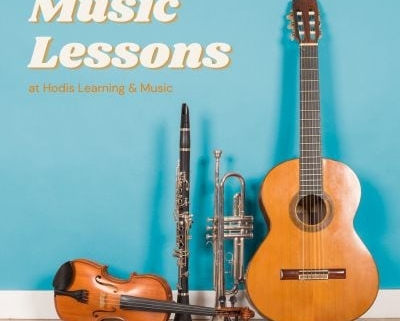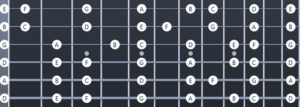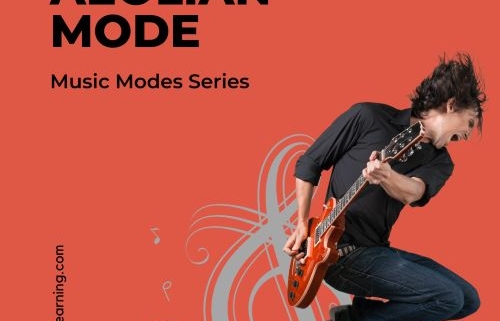Drop tuning is a guitar tuning technique where the lowest string, the low E string, is tuned down to a lower pitch. This can be done by a single step, or by multiple steps, depending on the desired tuning. Drop tuning is a popular technique in heavy metal and hard rock music, as it allows for heavier riffs and lower-pitched power chords.
Benefits of Drop Tuning
There are several benefits to using drop tuning. First, it allows you to play heavier riffs and lower-pitched power chords. This is because the lower tuning gives the strings a looser feel, which makes it easier to bend and palm mute them. Drop tuning can also add depth and richness to your sound, especially if you are using a distortion pedal.
Second, drop tuning can make it easier to play certain songs. For example, many heavy metal and hard rock songs are written in drop D tuning. If you try to play these songs in standard tuning, you will find that they are much more difficult to play.
Third, drop tuning can help you to develop your guitar skills. By learning to play in different tunings, you will expand your musical horizons and become a more versatile guitarist.
How to Tune Your Guitar to Drop Tuning
Tuning your guitar to drop tuning is very easy. To tune to drop D, simply tune your low E string down to D. To tune to drop C, tune your low E string down to C. And so on.
You can use a tuner to help you tune your guitar to drop tuning. However, you can also tune your guitar by ear. To do this, simply tune your low E string down to the desired pitch. Then, tune the rest of your strings to the low E string.
The Different Drop Tunings
There are many different drop tunings that you can use. However, some of the most popular drop tunings include:
- Drop D: This is the most common drop tuning. It is a good choice for beginners, as it is relatively easy to play in and does not require any major changes to your guitar technique.
- Drop C: This tuning is a bit heavier than drop D, and it is a good choice for playing metal and hard rock music.
- Drop B: This tuning is even heavier than drop C, and it is a good choice for playing very heavy metal and death metal music.
- Drop A: This tuning is the heaviest drop tuning, and it is a good choice for playing very low-pitched riffs and power chords.
Getting Started with Drop Tuning
Here are a few tips for playing in drop tuning:
- Use heavier strings. This will help to compensate for the looser string tension and prevent the strings from buzzing.
- Adjust your intonation. When you change tunings, you will need to adjust the intonation of your guitar. This will ensure that your guitar is playing in tune at all frets.
- Use a capo. A capo can be used to raise the pitch of all of your strings by a certain number of steps. This can be useful for playing in different keys without having to change your tuning.
- Experiment. There are no rules when it comes to drop tuning. Experiment with different tunings to find what sounds best to you.
Conclusion
Drop tuning is a great way to add depth, richness, and heaviness to your guitar sound. It is also a good way to make certain songs easier to play and to develop your guitar skills. If you have never tried drop tuning before, I encourage you to give it a try. You may be surprised at how much you enjoy it!
Try Expert, Personalized Guitar Lessons at Hodis Learning & Music
Hodis Learning & Music provides expert, individualized guitar lessons to students of all ages and backgrounds, helping them embark on their unique musical journey or prepare for music school auditions. Learn more about our services by calling or emailing us today!













